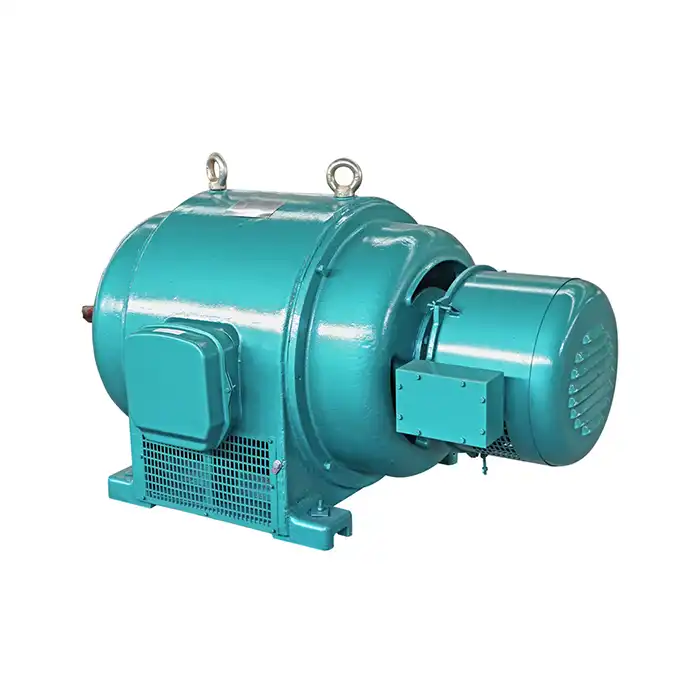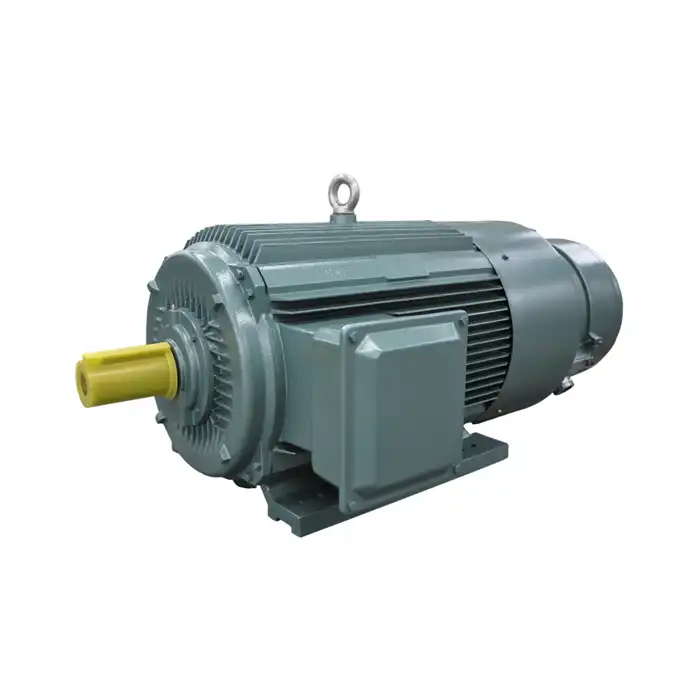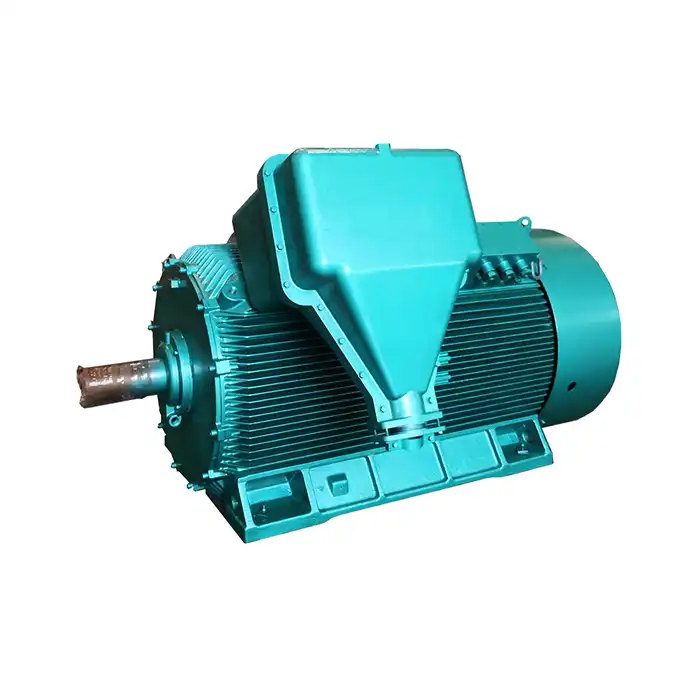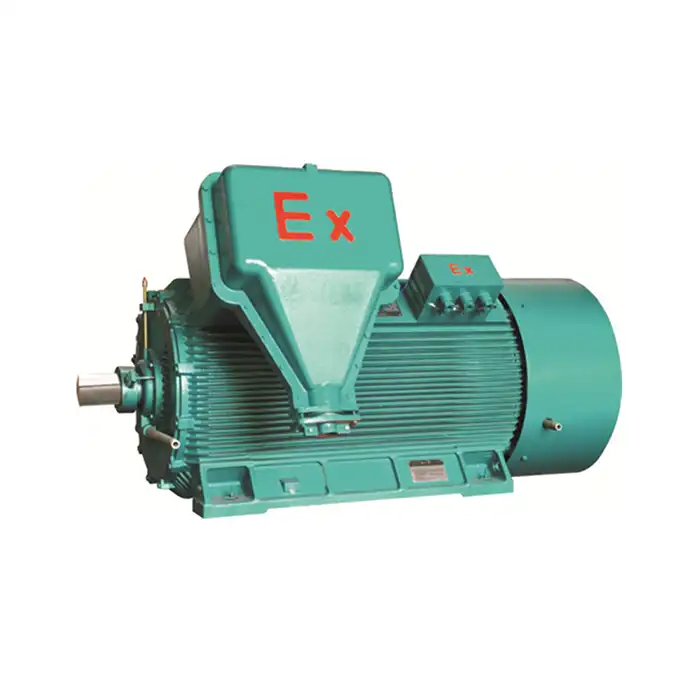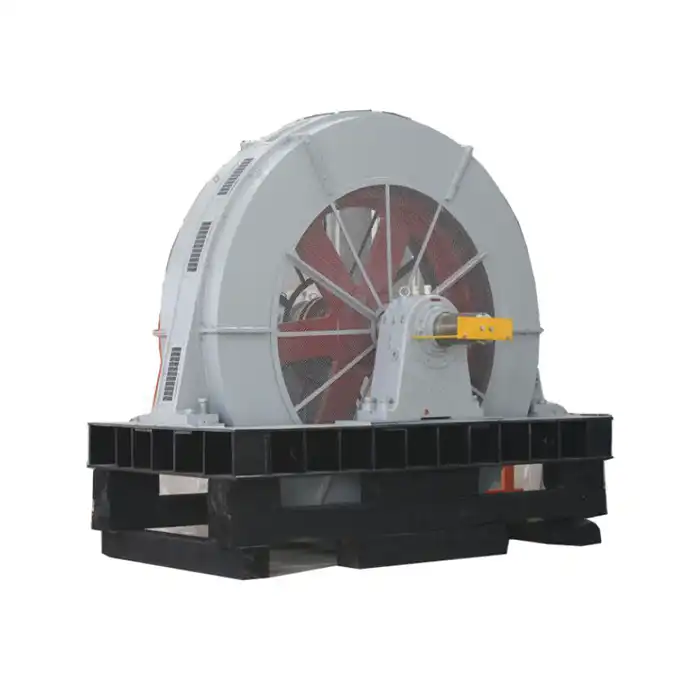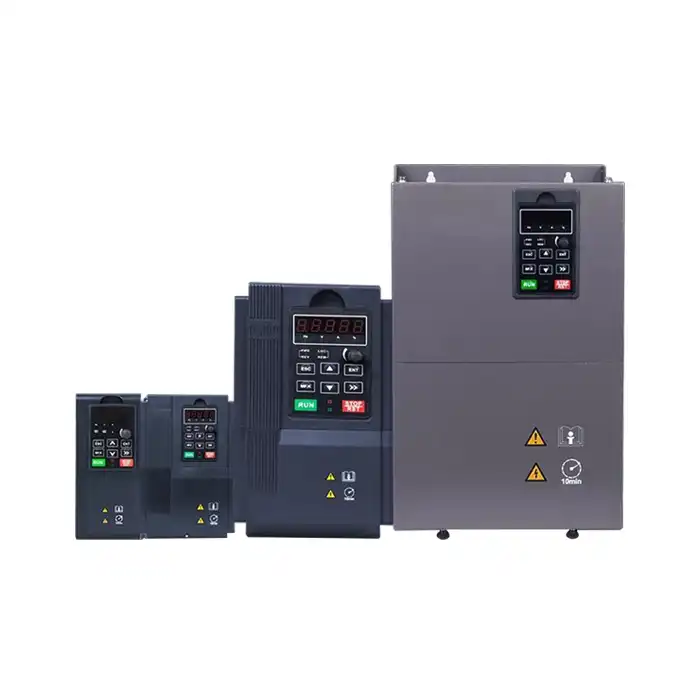What are the applications of water cooled electric motor in industry?
Water cooled electric motors have become increasingly prevalent in various industrial sectors due to their unique advantages. These motors offer superior cooling capabilities, allowing for higher power output and enhanced efficiency in demanding environments. This article explores the diverse applications of water cooled electric motors across different industries, highlighting their significance in powering critical machinery and processes.
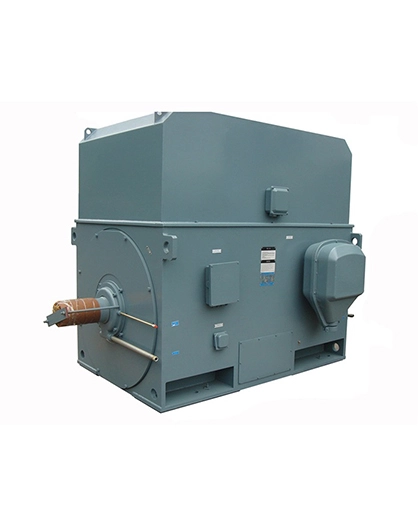
Industrial uses of water cooled electric motors in heavy machinery
Water cooled electric motors find extensive use in heavy machinery applications across various industries. Their ability to dissipate heat efficiently makes them ideal for powering equipment that operates under high loads and in challenging conditions.
In the manufacturing sector, water cooled electric motors are commonly used to drive large-scale machinery such as:
- Industrial compressors
- Heavy-duty pumps
- Rolling mills
- Extruders
- Crushers
These motors excel in environments where air cooling may be insufficient, such as in steel mills or foundries where ambient temperatures are high. The water cooling system allows the motor to maintain optimal operating temperatures, ensuring consistent performance and prolonging the equipment's lifespan.
Another significant application of water cooled electric motors is in the pulp and paper industry. These motors power large paper machines, which require substantial torque and operate continuously. The efficient cooling provided by water cooled motors ensures reliable operation in the humid and warm conditions typical of paper mills.
In the chemical and petrochemical industries, water cooled electric motors are used to drive pumps, compressors, and mixers. These motors are often designed to meet specific safety requirements, such as explosion-proof certifications, making them suitable for use in hazardous environments where flammable gases or vapors may be present.
Role in high-power applications: Mining, steel, and marine
Water cooled electric motors play a crucial role in high-power applications, particularly in the mining, steel, and marine industries. These sectors require motors capable of delivering substantial power output while withstanding harsh operating conditions.
In the mining industry, water cooled electric motors are used to power various types of equipment, including:
- Conveyor systems
- Crushers and grinders
- Ventilation fans
- Hoists and winches
- Pumps for dewatering and slurry transport
The robust construction and efficient cooling of these motors make them well-suited for the dusty, humid, and often corrosive environments found in mines. Their ability to maintain performance in these challenging conditions ensures continuous operation and minimizes downtime.
The steel industry relies heavily on water cooled electric motors to power critical processes. In steel mills, these motors are used in:
- Rolling mills
- Continuous casting machines
- Electric arc furnaces
- Exhaust gas fans
- Cooling water pumps
The high-temperature environment of steel production facilities necessitates the use of water cooled motors to ensure reliable operation and prevent overheating. These motors are designed to withstand the harsh conditions associated with steel manufacturing, including exposure to heat, dust, and vibrations.
In the marine industry, water cooled electric motors find applications in various shipboard systems. They are used to power:
- Propulsion systems
- Thrusters
- Deck machinery
- Pumps and compressors
- HVAC systems
The compact design of water cooled motors makes them ideal for use in the limited space available on ships. Additionally, their ability to operate efficiently in high-humidity environments and resist corrosion from saltwater exposure makes them well-suited for marine applications.
Water cooled electric motors in renewable energy systems
The renewable energy sector has seen a growing adoption of water cooled electric motors, particularly in wind and hydroelectric power generation. These motors contribute to the efficiency and reliability of renewable energy systems, helping to maximize power output while minimizing maintenance requirements.
In wind energy applications, water cooled electric motors are used in large-scale wind turbines. While the generator itself may not be water cooled, the yaw and pitch control systems often utilize water cooled motors. These motors are responsible for adjusting the orientation of the turbine and the angle of the blades to optimize power generation based on wind conditions. The efficient cooling provided by water cooled motors ensures consistent performance, even in the challenging environments typically encountered in wind farms, such as offshore installations or high-altitude locations.
Hydroelectric power plants extensively use water cooled electric motors in various capacities. These motors are employed in:
- Turbine wicket gate actuators
- Cooling water pumps
- Generator excitation systems
- Auxiliary power systems
The water cooling feature is particularly advantageous in hydroelectric plants, where an abundant water supply is readily available. This allows for efficient heat dissipation, enabling the motors to operate at high power outputs while maintaining optimal temperatures.
In geothermal power plants, water cooled electric motors play a crucial role in powering pumps that circulate geothermal fluids. These motors must withstand high temperatures and potentially corrosive environments. The water cooling system helps maintain motor performance and longevity in these demanding conditions.
Solar thermal power plants also utilize water cooled electric motors in various applications, such as:
- Heliostat tracking systems
- Heat transfer fluid pumps
- Cooling tower fans
The ability of these motors to operate efficiently in high-temperature environments makes them well-suited for use in solar thermal facilities, where ambient temperatures can be extreme.
Water cooled electric motors are also finding applications in emerging renewable energy technologies, such as ocean thermal energy conversion (OTEC) and tidal energy systems. In these applications, the motors' resistance to corrosion and ability to operate in marine environments make them valuable components in power generation equipment.
The use of water cooled electric motors in renewable energy systems contributes to the overall efficiency and reliability of these installations. By providing consistent performance and minimizing downtime, these motors help maximize energy production and support the transition to cleaner energy sources.
Conclusion
Water cooled electric motors have proven to be invaluable assets across a wide range of industrial applications. Their ability to operate efficiently in challenging environments, coupled with their high power output capabilities, makes them essential components in heavy machinery, high-power applications, and renewable energy systems. As industries continue to evolve and demand more from their equipment, the role of water cooled electric motors is likely to expand further, driving innovation and improving operational efficiency across various sectors.
If you're in the industrial automation, HVAC and refrigeration, energy and utilities, or transportation sectors and are looking for high-efficiency, low-energy consumption power equipment solutions, Shaanxi Qihe Xicheng Electromechanical Equipment Co.,Ltd. is here to help. Our team is dedicated to providing top-quality water cooled electric motors and other power equipment tailored to your specific needs. We offer comprehensive pre-sales and after-sales support, ensuring that you receive the best possible solution for your application. To learn more about our products and how they can benefit your operations, please don't hesitate to contact us at xcmotors@163.com. Let us help you optimize your power systems and drive your business forward with our innovative and reliable solutions.
References
1. Johnson, R. (2021). Water Cooled Electric Motors: Principles and Applications in Modern Industry. Industrial Power Systems Journal, 45(3), 78-92.
2. Smith, A., & Brown, B. (2020). Advancements in Cooling Technologies for High-Power Electric Motors. IEEE Transactions on Industrial Electronics, 67(8), 6721-6734.
3. Chen, L., et al. (2022). Comparative Analysis of Air-Cooled and Water-Cooled Electric Motors in Mining Applications. Journal of Mining Engineering, 33(2), 215-230.
4. Martinez, C., & Rodriguez, D. (2019). Water Cooled Electric Motors in Renewable Energy Systems: A Review. Renewable and Sustainable Energy Reviews, 89, 467-481.
5. Thompson, E. (2023). Efficiency Improvements in Industrial Processes Through the Application of Water Cooled Electric Motors. Energy Efficiency in Manufacturing, 12(4), 352-368.
6. Wilson, G., et al. (2022). Marine Applications of Water Cooled Electric Motors: Challenges and Opportunities. Journal of Marine Engineering and Technology, 41(3), 189-204.



